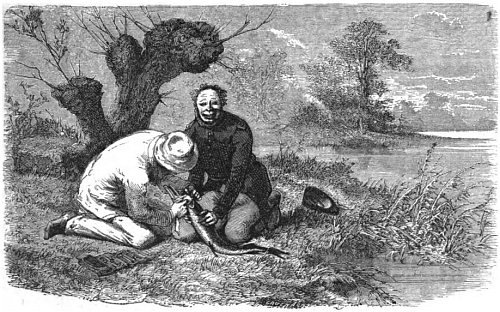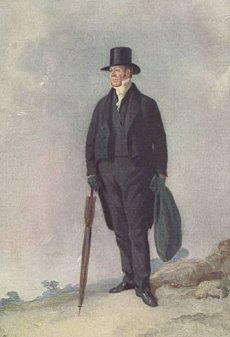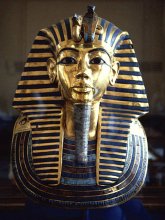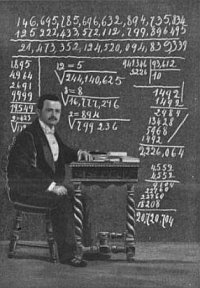
A third case is one of somnocyclism (cycling in sleep). The patient, asleep, sometimes in cycling costume, and sometimes in an undershirt or less, got up, mounted his wheel, and rode about town and in the country. He generally awoke from a fall. On one occasion it was at the foot of a hill, his head on the edge of a pond, and his wheel about thirty feet distant. Another night he found himself suspended by his shirt on a pear tree in his father’s garden. It is not known whether he had descended thither from the roof or was trying to ascend. At other times he would go to his office and work. Once, having stuck over a balance in the afternoon, he found next morning that he had completed it, correcting an error previously not observed. There is no subsequent recollection of what has transpired. He has been observed in hospital to hold a conversation through an imaginary telephone, and again to sit atop a wardrobe with an umbrella up over him. Evidently this man’s disease included a sense of humour.
— G.R. Wilson, “Alcoholism and Allied Neuroses,” Journal of Mental Science, October 1899







